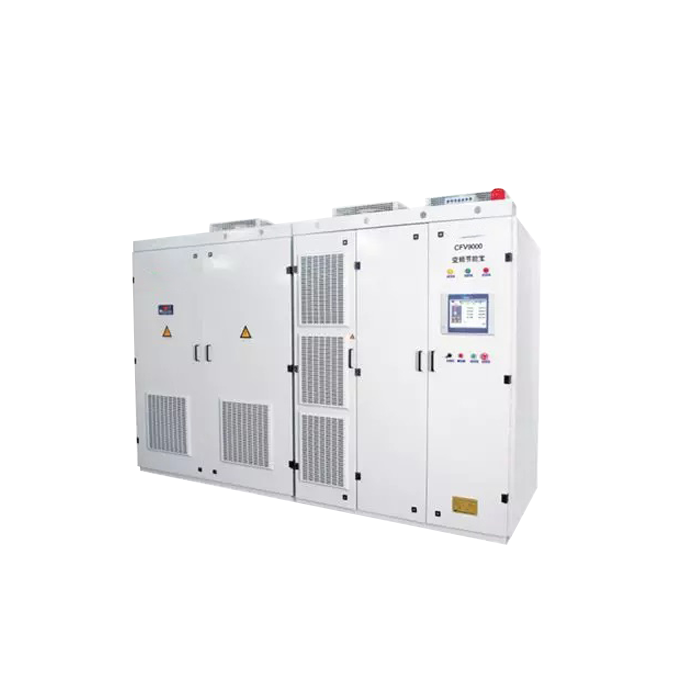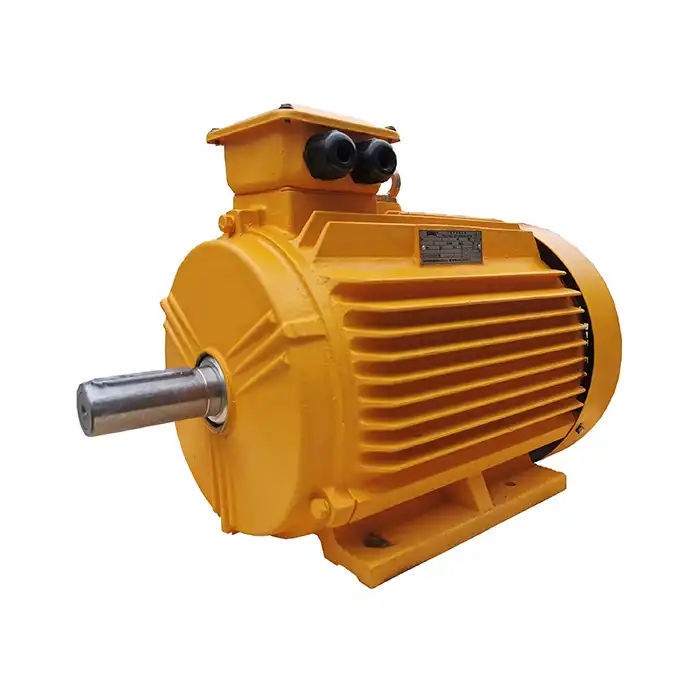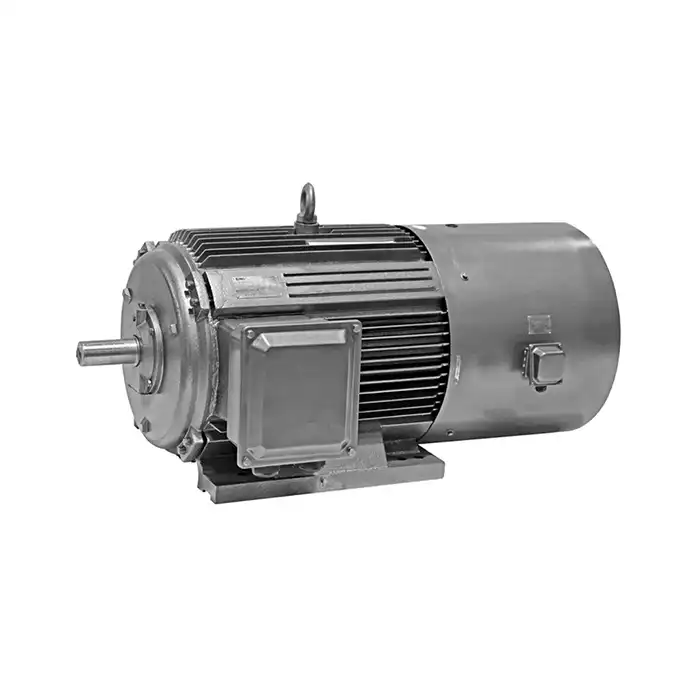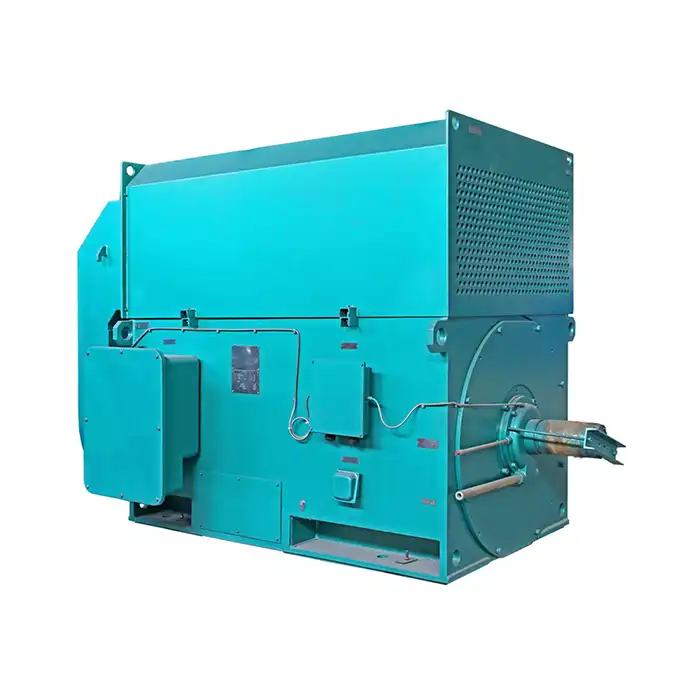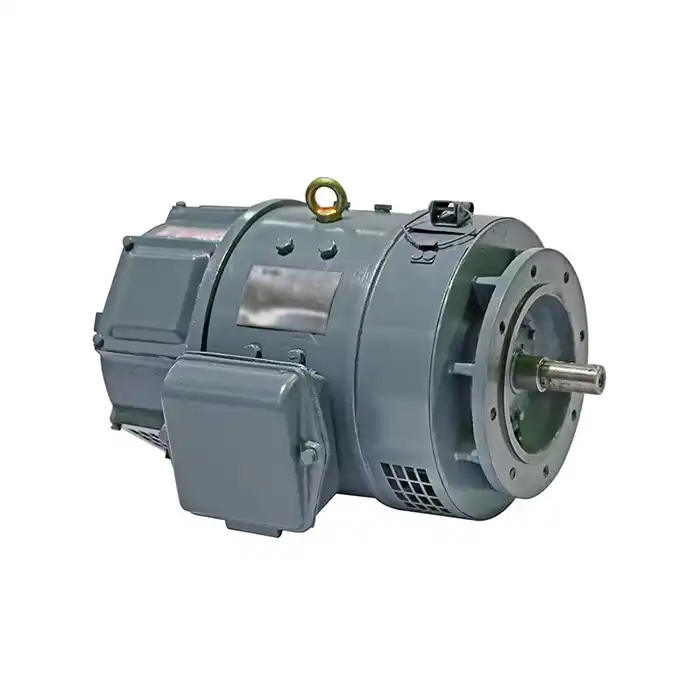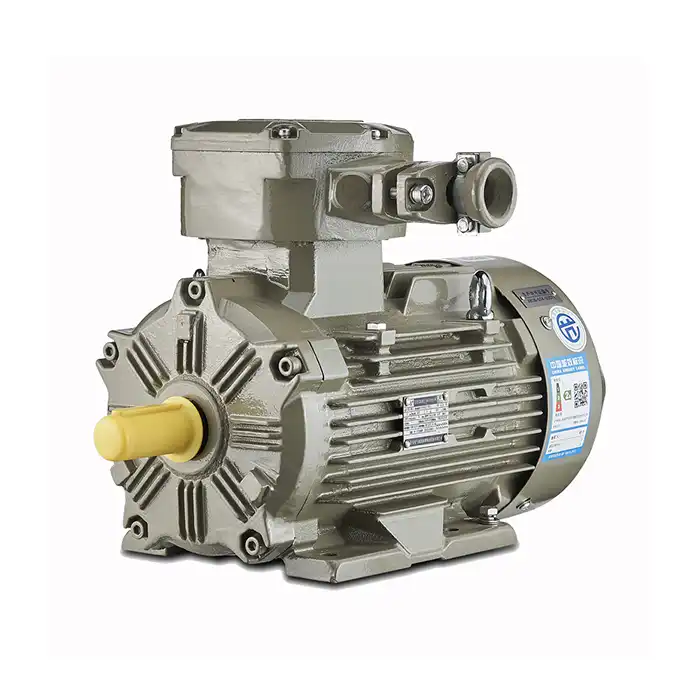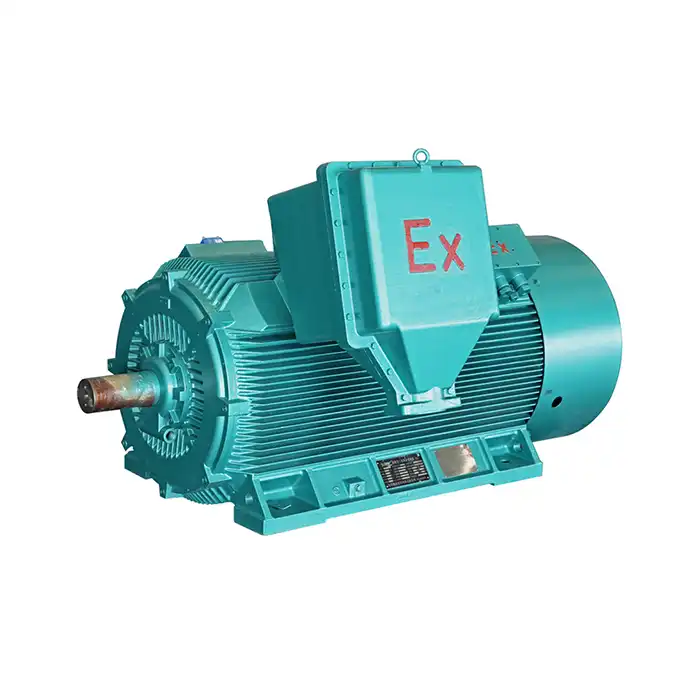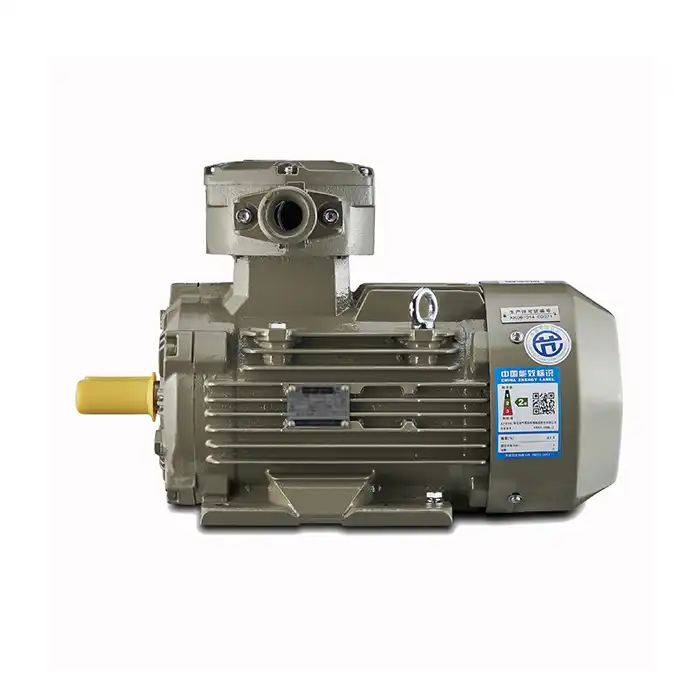How to Maintain IP23 Motors for Long-Term Reliability?
IP23 motors are important parts in many industrial settings because they last a long time and work well in harsh conditions. For these motors to keep working well and effectively for long periods of time, they need to be properly maintained. This detailed guide will show you the most important maintenance steps, common failure places, and best bearing care techniques to make your IP23 motors last as long as possible.

Series:Y
Voltage range: 380V±5%
Power range: 55~355 kW
Protection level:IP23
Application: This series of motors can be used to drive various machinery. Such as ventilators, compressors, water pumps, crushers, cutting machine tools and other equipment, and can be used as prime movers in coal mines, machinery industries, power plants and various industrial and mining enterprises.
Advantage: This series of motors has the advantages of high efficiency, energy saving, low noise, small vibration, light weight, reliable performance, and convenient installation and maintenance.
Certificate: The motor complies with JB5271-91
Others: SKF, NSK, FAG bearings can be replaced according to customer requirements.
Essential IP23 Motor Maintenance Checklist
Regular maintenance is vital for preserving the performance and longevity of IP23 motors. By following a structured checklist, you can prevent unexpected breakdowns and optimize motor efficiency.
Visual Inspections
Conduct regular visual inspections to catch potential issues early:
- Check for signs of wear, corrosion, or damage on the motor housing
- Inspect electrical connections for looseness or signs of overheating
- Look for any oil leaks or excessive grease around bearings
- Examine cooling fins for blockages or damage
Electrical Testing
Periodic electrical tests help ensure the motor's electrical components are functioning correctly:
- Measure insulation resistance to detect any deterioration in winding insulation
- Perform voltage and current measurements to verify balanced operation
- Check for proper grounding to prevent electrical hazards
Cleaning Procedures
Keeping your IP23 motor clean is essential for optimal performance:
- Remove dust and debris from the motor exterior using compressed air or a soft brush
- Clean air intake and exhaust openings to maintain proper cooling
- Use appropriate solvents to remove stubborn grease or oil buildup
Vibration Analysis
Regular vibration monitoring can reveal potential mechanical issues:
- Use vibration analysis tools to detect abnormal vibrations
- Compare vibration readings to baseline measurements
- Investigate and address any significant changes in vibration patterns
Common Failure Points: Prevention Strategies
Understanding and addressing common failure points in IP23 motors can significantly extend their operational life and minimize downtime.
Bearing Failures
Bearings are often the first components to show signs of wear in electric motors:
- Implement a regular lubrication schedule based on manufacturer recommendations
- Monitor bearing temperatures during operation
- Replace bearings at the first sign of unusual noise or vibration
Winding Insulation Breakdown
Insulation failure can lead to short circuits and motor burnout:
- Regularly test insulation resistance
- Keep the motor clean and dry to prevent moisture ingress
- Consider periodic varnish treatments to reinforce insulation
Shaft Misalignment
Proper alignment is crucial for reducing wear and extending motor life:
- Use laser alignment tools for precise shaft alignment
- Check alignment after any motor maintenance or reinstallation
- Monitor for signs of misalignment, such as increased vibration or bearing temperature
Overheating Issues
Excessive heat can degrade motor components rapidly:
- Ensure proper ventilation around the motor
- Clean cooling fins and air passages regularly
- Monitor motor temperature during operation and investigate any unusual increases
Bearing maintenance and lubrication best practices
Proper bearing care is fundamental to the longevity and performance of IP23 motors. Implementing best practices in bearing maintenance and lubrication can significantly reduce the risk of premature failure.
Lubrication Techniques
Correct lubrication is essential for optimal bearing performance:
- Use the appropriate type and amount of grease as specified by the manufacturer
- Avoid over-greasing, which can lead to overheating and seal damage
- Implement a regular lubrication schedule based on operating conditions
Bearing Inspection
Regular inspections can help identify potential bearing issues early:
- Listen for unusual noises that may indicate bearing wear
- Check for excessive heat generation around bearing housings
- Inspect seals for damage or wear that could allow contaminants to enter
Proper Storage and Handling
Correct storage and handling of bearings are crucial for maintaining their integrity:
- Store bearings in a clean, dry environment
- Handle bearings with clean hands and tools to prevent contamination
- Use proper installation techniques to avoid damage during mounting
Predictive Maintenance Techniques
Implementing predictive maintenance can help optimize bearing life:
- Use vibration analysis to detect early signs of bearing wear
- Employ oil analysis to monitor lubricant condition and detect metal particles
- Consider thermography to identify hot spots that may indicate bearing problems
Conclusion
Maintaining IP23 motors for long-term reliability requires a comprehensive approach that includes regular inspections, proactive maintenance, and adherence to best practices in bearing care. By implementing the strategies outlined in this guide, you can significantly extend the life of your IP23 motors, reduce downtime, and optimize their performance in challenging industrial environments. Remember that consistent, well-planned maintenance is key to ensuring your motors continue to operate efficiently and reliably for years to come.
FAQ
1. How often should I perform maintenance on my IP23 motor?
The frequency of maintenance depends on the operating conditions and usage of your IP23 motor. Generally, a visual inspection should be performed monthly, with more comprehensive maintenance scheduled quarterly or bi-annually. Always consult your motor's manual for specific recommendations.
2. Can I clean my IP23 motor with water?
While IP23 motors offer some protection against water spray, it's not recommended to clean them directly with water. Instead, use compressed air, soft brushes, or appropriate solvents for cleaning. Always ensure the motor is de-energized before cleaning.
3. What are the signs that my IP23 motor's bearings need replacement?
Signs that bearings may need replacement include unusual noise (such as grinding or squealing), excessive vibration, increased temperature around the bearing housing, and reduced motor performance. If you notice any of these signs, it's important to investigate and potentially replace the bearings promptly.
Take Action: Enhance Your Motor Performance with XCMOTOR
At XCMOTOR, we specialize in providing high-quality IP23 motors designed for reliability and long-term performance. Our motors are engineered to withstand challenging industrial environments while delivering consistent, efficient operation. With a power range of 55kW to 355kW and a robust cast iron frame, our IP23 motors offer the durability and performance you need for your most demanding applications.
Experience the difference of working with a dedicated team committed to your success. Our experts are ready to assist you in selecting the perfect motor for your needs and provide ongoing support to ensure optimal performance. Don't settle for less when it comes to your motor solutions. Contact XCMOTOR today at xcmotors@163.com to learn how we can elevate your industrial operations with our superior IP23 motors.
References
- Johnson, R. (2021). "Comprehensive Guide to IP23 Motor Maintenance." Industrial Motor Journal, 45(3), 78-92.
- Smith, A. & Lee, B. (2020). "Bearing Maintenance Strategies for Long-Term Motor Reliability." Journal of Electrical Engineering, 33(2), 112-125.
- Thompson, C. (2022). "Preventive Maintenance Techniques for Industrial Motors." Power Systems Engineering Review, 18(4), 201-215.
- Garcia, M. et al. (2019). "Vibration Analysis in IP23 Motors: A Predictive Maintenance Approach." International Conference on Motor Reliability, 567-580.
- Wilson, D. (2023). "Best Practices in Lubrication for IP23 Motor Bearings." Tribology International, 87, 345-358.
- Brown, E. & White, F. (2021). "Insulation Degradation in Industrial Motors: Causes and Prevention." IEEE Transactions on Industry Applications, 57(6), 3201-3210.



